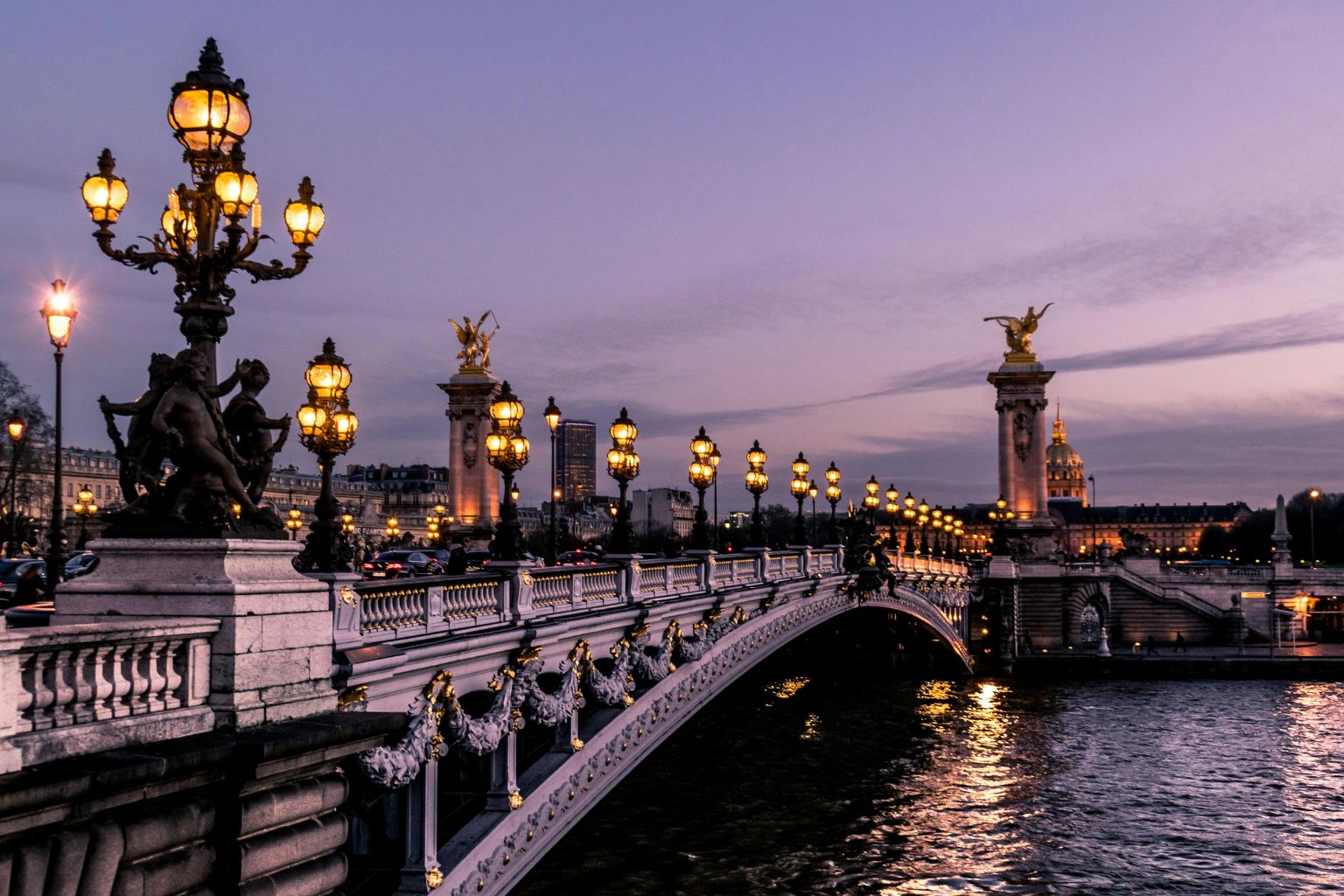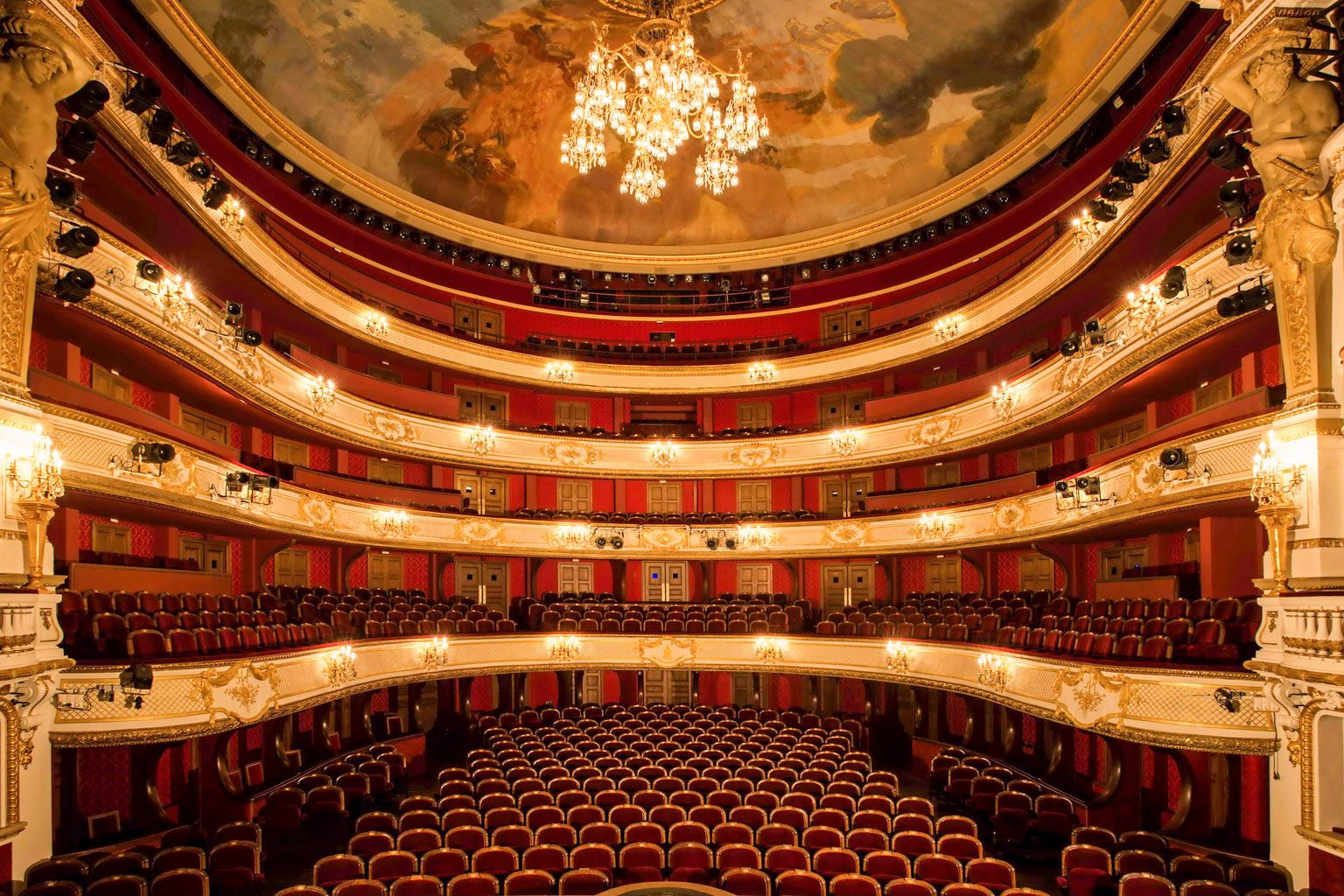Paris in Popular Culture
Discover how Paris became a global icon of film, literature, art, and theatre—and why its cultural magic still endures.
Why is The Four Seasons by Vivaldi so Famous?
- November 14, 2025
- Nell Dougherty, Christophe Durastanti
Vivaldi's masterpiece captures nature, emotion, and imagination — a classical music success that still resonates today!
Down for some French classics?
- November 6, 2025
- Emma Houelle
Can you name more than five classic French playwrights? Read this blog to find out more...
Events privatising in Paris: theatres, bars, restaurants and more
- October 24, 2025
- Raquel Montoro
Are you looking for a place for a business outing or to throw a party with friends? Paris has many places to offer!
Treasure Hunt: Discovering the Theatres of Paris
- October 23, 2025
- Angela Spidahl, Christophe Durastanti
Discover Paris through its theatres! Follow clues, explore hidden gems, and uncover the city’s stage secrets.







